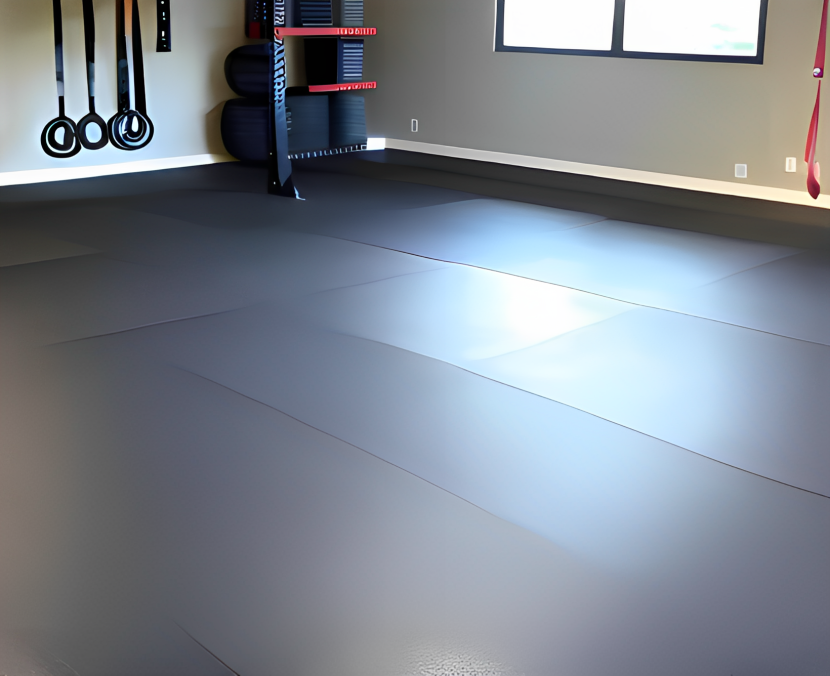What is the best floor for a gym in a garage?
The optimal flooring solution for a garage gym is rubber gym flooring, a favored option for a variety of home fitness spaces.
This choice stands out due to its exceptional robustness, superior impact absorption, and textured surface to prevent slipping.
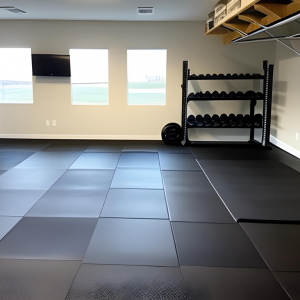
It establishes a secure foundation for diverse workout routines while being effortlessly maintainable and cleanable.
For example, if your intentions encompass demanding weightlifting involving hefty dumbbells or vigorous aerobic sessions that exert significant pressure on your joints, it is essential to select sufficiently thick flooring. This thickness serves to cushion impacts, safeguarding the underlying subfloor.
What thickness should garage gym flooring be?
The ideal thickness for garage gym flooring can vary based on your workout routine and the type of exercises you engage in. Generally, 8mm is currently considered a favorable thickness for home gym flooring.
However, the choice of rubber flooring for your home gym should align with your specific exercise regimen.
Traditionally, 3/8-inch rubber was the common thickness for both home and commercial gyms. Today, the trend has shifted towards 8mm thickness due to its lighter nature and cost-effectiveness.
For a home gym, the recommended thickness ranges from 3mm to 6mm, with thicker mats suitable for heavy zones like weightlifting areas, such as an 18mm ring step mat.
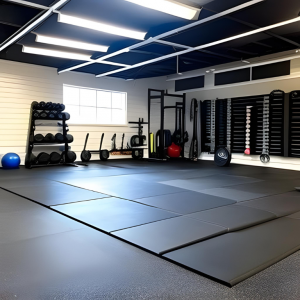
Rubber exercise mats are a popular choice for garages with concrete floors, offering a straightforward solution that doesn’t completely cover the floor.
These mats safeguard the covered areas but leave exposed portions vulnerable to damage. While this is a budget-friendly approach, it provides minimal overall protection.
Choosing the right thickness of rubber home gym flooring, which can range from 10mm to 80mm, depends on factors like the underlying floor material. Sturdy surfaces like concrete are ideal foundations, ensuring safety from impact damage for both the gym user and the underlying floor.
Rubber is the most effective flooring material for home gyms, particularly those housing heavy equipment and free weights.
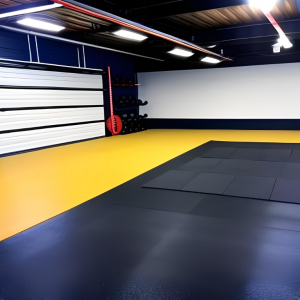
For gyms with substantial machines and weights, a rubber flooring thickness of at least 15mm to 30mm is recommended.
Additional thickness, ranging from 40mm to 80mm, should be considered for extra protection if you frequently perform activities like deadlifts or handle weights exceeding 40kg.
In conclusion, the appropriate thickness for garage gym flooring hinges on your exercise routine and equipment.
A balance between impact protection and practicality should guide your choice, with rubber gym flooring serving as a reliable option for various workout scenarios.
What is the best material for a garage gym wall?
Elevating your home gym’s ambiance can be achieved by highlighting specific areas with distinctive features.
Utilizing horizontal plank boards or vertical wood slat walls can infuse an enduring charm and sophistication.
Rather than merely placing equipment against a wall, this approach transforms your space into a well-thought-out and aesthetically pleasing workout haven.
The integration of such design elements showcases your foresight, enhances visual appeal, and ideally translates to enhanced fitness as your usage frequency increases.
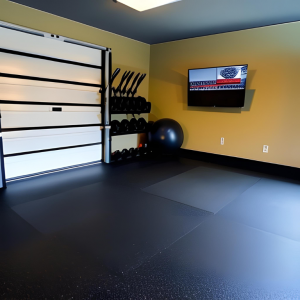
Vertical wood slat walls, an age-old design technique, are experiencing a resurgence in contemporary interior aesthetics. Their allure lies in the ability to achieve a modern and refined look while accentuating the inherent beauty of authentic wood grain.
Implementing a wood slat feature wall within your home gym can be achieved conveniently using preassembled wood slat wall panels. The premanufactured nature of these panels mitigates concerns about uneven installation or improper cuts.
Even in the absence of an exposed brick wall, replicating the visual impact is achievable.
Faux brick, when skillfully applied, can mimic the appeal of genuine brickwork, making faux brick wallpaper an alternative to be avoided.
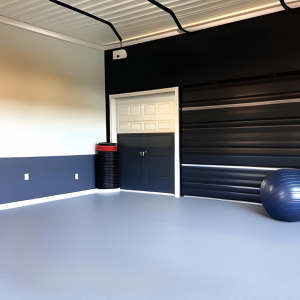
Another option is to create a painted accent wall in your home gym. While textured designs can be enticing, opting for a painted accent wall offers a simpler yet comparable effect.
The choice of color depends on your workout style—calming shades like forest green for yoga or pilates, and vibrant hues like yellow, black, or orange for high-intensity interval training.
In summary, the ideal material for enhancing your garage gym’s visual appeal is a matter of personal preference. Horizontal plank boards, vertical wood slat walls, faux brick, or painted accent walls can all contribute to creating an inviting and motivating workout environment.
Selecting the best fit for your gym relies on your design aspirations and the type of exercises you intend to pursue within the space.
Does a garage gym need ventilation?
Proper consideration of your garage gym’s ventilation and electrical systems is essential. Ensuring adequate air quality and temperature control through effective ventilation is crucial.
Additionally, assessing your electrical supply’s capability to accommodate your workout equipment’s power requirements is important. If necessary, upgrading wiring or adding outlets should be considered.
Maintaining fresh air and preventing excessive heat buildup is vital for your gym space.
In instances where natural ventilation is limited, options like air purifiers, fans, or portable air conditioners can be introduced.
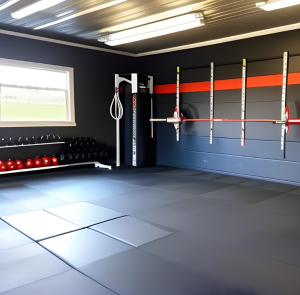
Addressing high temperatures in a garage can be achieved through various methods.
Installing an exhaust fan proves highly effective, expelling hot air and allowing cooler air to circulate in its place.
This fan should be properly connected to an outlet with circuit breaker protection and equipped with fan speed controls.
Correct installation is pivotal to ensure efficient air circulation throughout the entire garage.
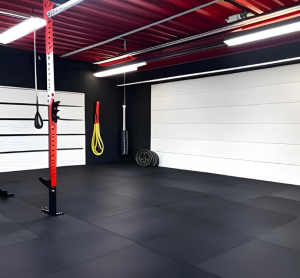
Considering potential cold conditions, particularly during winter, is essential to create an inviting and motivating gym environment.
Incorporating heating solutions, such as wall-mounted electric heaters, can help maintain comfort.
Additionally, effective ventilation should be maintained during warmer months to ensure a pleasant workout atmosphere.
In summary, proper ventilation is a vital aspect of a garage gym. It ensures optimal air quality, temperature regulation, and overall comfort, contributing to a conducive and enjoyable workout experience.
How much is a garage gym UK?
The cost of establishing a garage gym in the UK can vary based on several factors.
On average, a garage conversion for this purpose typically amounts to approximately £6,500.
The price range for such conversions spans roughly £5,500 to £10,500, with the higher end encompassing additional features like plumbing, which may not be essential for a gym setup.
The nature of your existing garage, whether integrated or detached, significantly influences the overall expense.
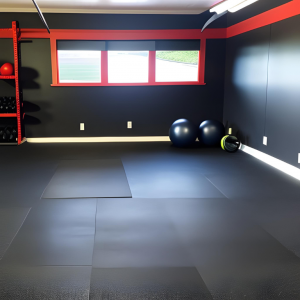
Opting for an integrated garage conversion tends to be more cost-effective. These garages are already part of the main property, often having basic electrical infrastructure in place.
Expenses are further contained as new piping can be extended from the main house.
Removing a wall in this scenario can enhance the space by permitting more natural light.
Generally, the cost for an integral garage conversion ranges from around £10,500 to £20,500, equivalent to approximately £650 to £1,300 per square metre. However, additional costs may apply if wall removal is necessary.
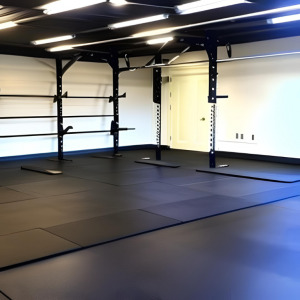
Transforming a detached garage into a home gym is somewhat more complex and notably pricier. The average expense here falls within £15,500 to £25,500, translating to approximately £1,300 to £2,550 per square metre.
Given its separation from the main structure, the installation of gas, electricity, and plumbing can be more challenging, often requiring trenching. Strengthening the frame might also be necessary.
Despite the added costs, this project generally remains more budget-friendly than constructing a single-storey extension.
In summary, the cost of establishing a garage gym in the UK varies based on factors like garage type, desired features, and necessary modifications. Converting an integrated garage tends to be more affordable, while transforming a detached garage is more intricate and comes with higher expenses, though still often more cost-effective than alternative construction projects

